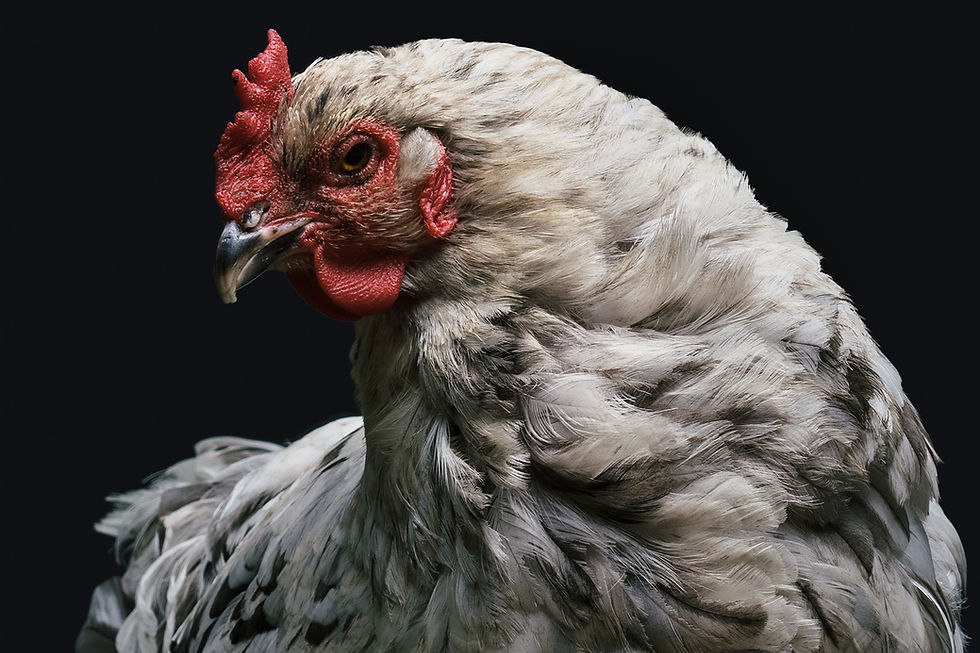
Cracking Under Pressure: Avian Flu and the Global Egg Market
The breakfast staple, the baking essential, the versatile protein source - eggs have faced their share of challenges in recent years. But nothing has quite scrambled the global egg market like the ongoing avian influenza outbreak. This highly contagious virus, particularly the H5N1 strain, has been devastating poultry flocks worldwide, leaving a trail of empty nests and rising prices. Let's unpack the current situation, its impact, and what might lie ahead for the humble egg.
The Outbreak: A Global Threat
The current avian influenza outbreak began in early 2022, first appearing in Asia and Europe before spreading to North America. While previous outbreaks occurred, the sheer scale and persistence of this one have set alarm bells ringing. As of January 2024, over 240 million poultry birds have been culled or died from the virus, with dozens of countries affected. The United States alone has lost an estimated 58 million chickens and turkeys, primarily egg-laying hens.
Health Highlights: A Zoonotic Concern
While primarily affecting birds, avian influenza poses a potential zoonotic risk, meaning it can jump from animals to humans. However, the current H5N1 strain has not shown widespread transmission to humans. Nevertheless, vigilance remains crucial, with proper biosecurity measures and hygiene practices essential on farms.
Egg Market Under Pressure: Cracking Open Prices
The immediate impact of the outbreak has been a significant reduction in egg production. This, coupled with increased demand and rising production costs, has sent egg prices soaring. In the US, the average price per dozen eggs doubled in 2023, reaching record highs. While prices have somewhat stabilized, they remain higher than pre-outbreak levels. This price increase has been felt by consumers and businesses alike, impacting everything from grocery bills to bakery goods.

Regional Impacts: A Patchy Picture
The outbreak's impact has not been evenly distributed. The US, Europe, and parts of Asia have been hit particularly hard, with significant egg production losses and price hikes. However, other regions like Africa and South America have seen less disruption. This unevenness reflects factors like differences in poultry farming practices, biosecurity measures, and trade policies.
USA in Focus: A Rollercoaster Ride
The US egg market has been on a rollercoaster ride. The initial wave of outbreaks in 2022 led to massive egg shortages and record prices. However, by mid-2023, the situation had improved with increased production and stabilized prices. Unfortunately, the fall and winter months saw another surge in outbreaks, leading to further egg price hikes. The long-term outlook remains uncertain, with continued vigilance and proactive measures needed to manage the virus.
Looking Forward: A Scramble for Solutions
The future of the global egg market hinges on several factors. Continued efforts to control the outbreak through biosecurity measures and vaccination are crucial. Additionally, exploring alternative production methods like cage-free and biosecure housing systems can help mitigate the spread of the virus. On the demand side, consumers may turn to substitutes or reduce their egg consumption due to higher prices, potentially impacting the market further.
Conclusion: A Delicate Balance
The ongoing avian influenza outbreak presents a complex challenge for the global egg market. Balancing food security, animal welfare, and public health concerns requires a collaborative effort from governments, farmers, and consumers. While the road ahead remains uncertain, the resilience and adaptability of the egg industry offer a glimmer of hope. By working together, we can ensure a sustainable and secure supply of this essential breakfast staple for years to come.
